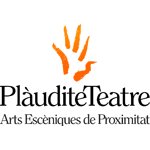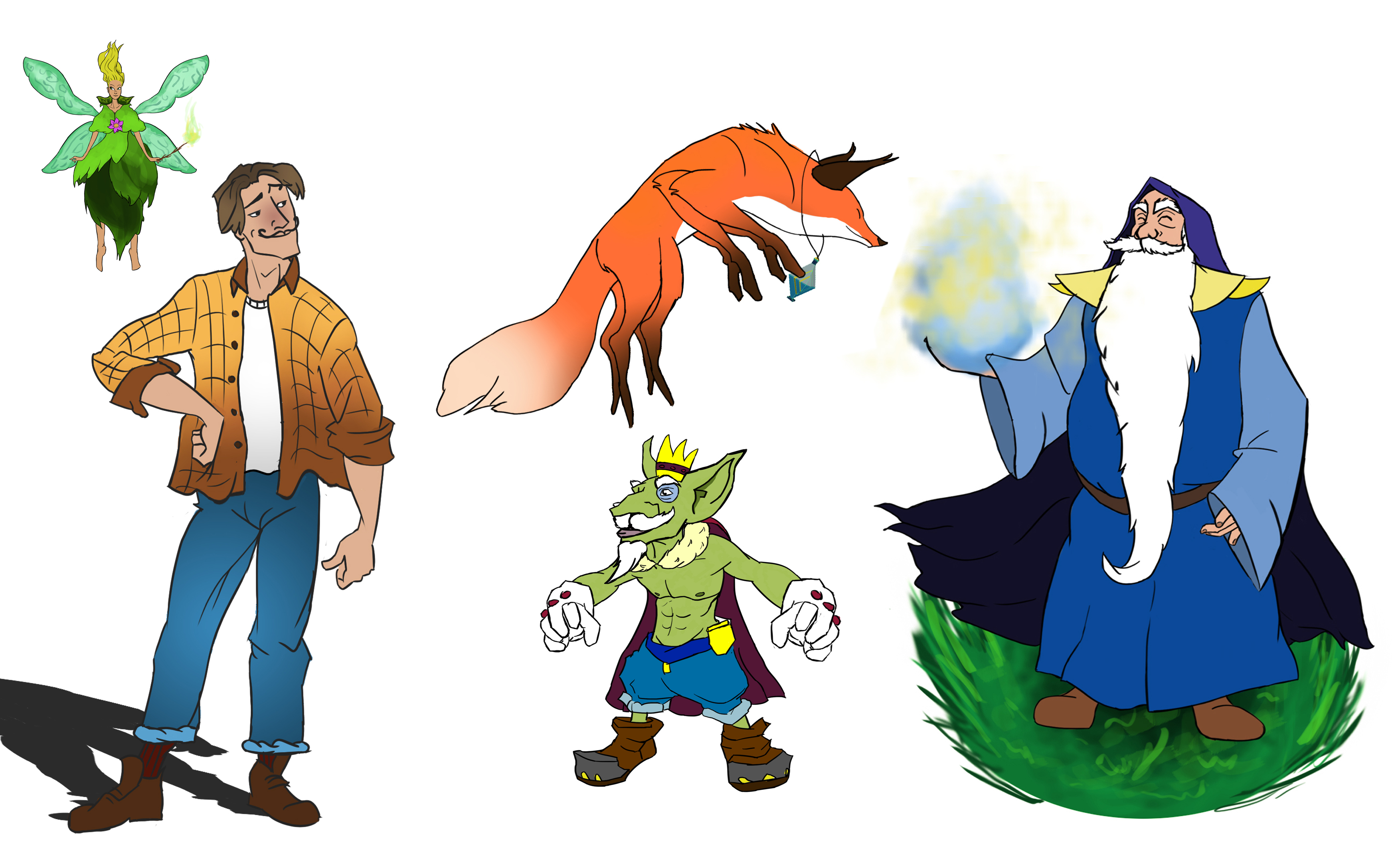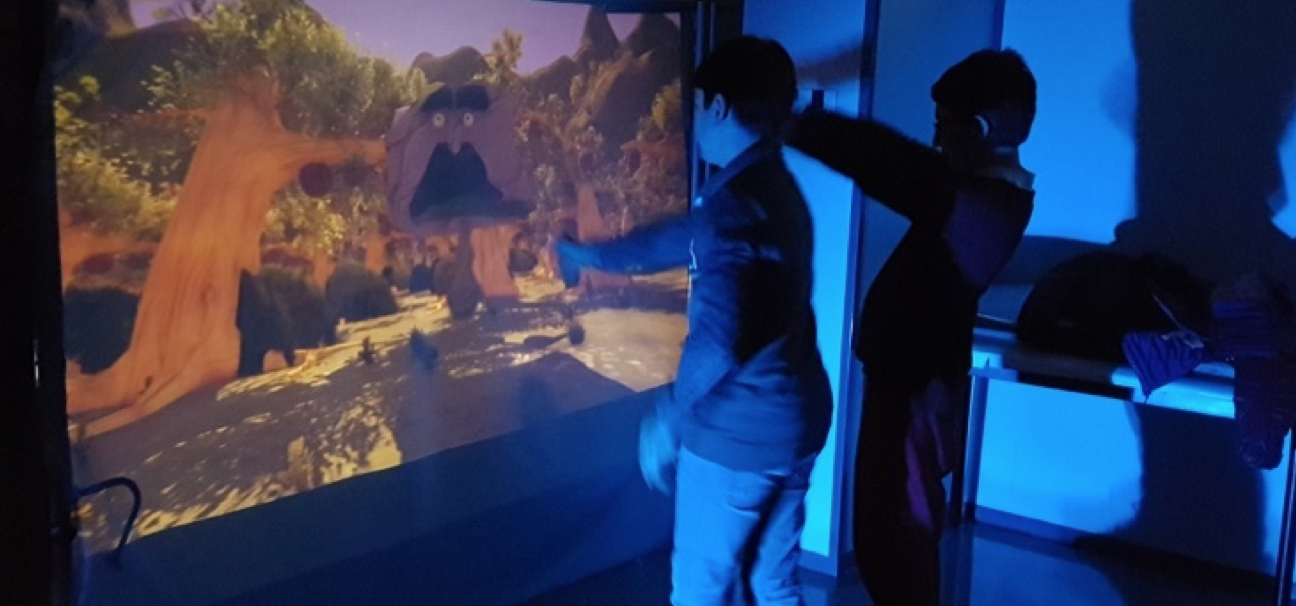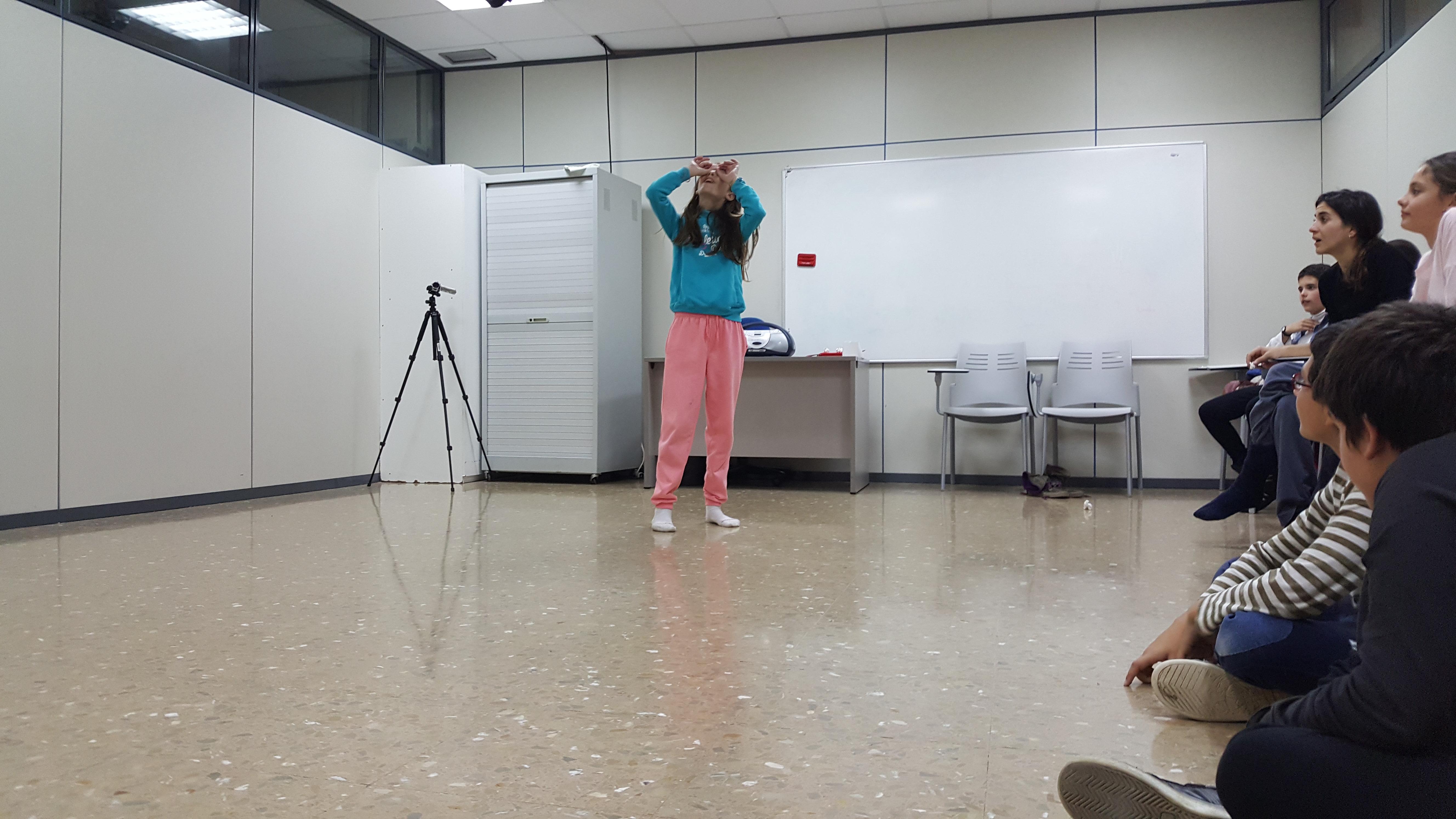Magical Movements
Magical Movements
Magical Movements
The aim of the project Magical Movements is to research embodied design techniques to co-design Full-Body Interaction experiences with and for children.
The project Magical Movements was carried out between 2016 and 2018 in collaboration with the local theatre school, Plàudite Teatre – Arts Escèniques de Proximitat. The main goal of the project was to use the context of the design process of a Full-Body interactive experience to research the potential of embodied design techniques based on physical theatre practice with children.
The project forms part of the research project Evaluation-Driven Design funded by Spanish Ministry of Economy and Competitiveness (Grant: TIN2014-60599-P).
 |
The following report, broadcasted by the local TV channel Televisió L'Hospitalet on 28th November 2017, illustrates how twelve students and two teachers from Plàudite Teatre were involved in the design process. It also shows a preliminary prototype of the Full-Body interactive experience (the video is in Catalan, for the English version, please activate the subtitles in the youtube settings).

Background
Research based on the embodied cognition framework proposes the use of physicality and spatiality to promote learning. Nevertheless, methods to include children in the design of Full-Body Interaction experiences often neglect to properly integrate the notion of body and space. We hypothesized that the use of bodystorming and techniques related to physical brainstorming could offer children a playful way to explore bodily and spatial aspects of Full-Body Interaction experiences. Our decision to focus on physical theatre practice was motivated by previous research on children’s pretended play as a means of improvisational, collaborative and conversational actions.
The potential of these techniques was explored through a Research-through Design approach, i.e. we used the context of the design process of an interactive experience focusing on the Shakespeare's theatre play A Midsummer Night's Dream to explore the techniques. The play describes the unstable balance between the worlds of magic and reality. Twelve children between 10 and 12 years and two theatre teachers of the school participated in the co-design process.
Research Goals
- benefit from the expertise of theatre teachers in instructing bodily-based theatre exercises
- obtain inspiration to develop embodied design techniques
- define visual ideas and natural movements, gestures and physical actions within a virtual environment
- contextualize the core concepts of the theatre play
- facilitate users to better understand children's interpretations around the values and worldviews arising in the narrative
Results
The outcomes of the project were the definition of five embodied co-design techniques for children: Signifying Space Technique, Situated Performance Technique, Small-Scale Prototyping, Body Shadows Technique and Group Environment Technique. A full description of the embodied design techniques used can be found here.
We also developed a mid-tech prototype that was tested by the same children and presented in May 2018 during the final presentations of the summer course in the theatre school.
Finally, the results of this project contributed also to the development of the FUBImethod aimed at helping interaction designers in Full-Body Interaction to guide intergenerational teams (children, designers, topic experts, etc.) and their design sessions with a number of techniques to foster body awareness and making the body be the focus and protagonist during the design (specifically stages (3) Awakening Embodied Awareness, (4) Translating Embodied Experience).


Related Publications
Schaper, M. M. (2019). Co-design strategies with children in Full-Body Interaction for situated non-formal learning experiences. (Doctoral dissertation, Universitat Pompeu Fabra). http://hdl.handle.net/10803/665482
Marie-Monique Schaper, Ole Sejer Iversen, Laura Malinverni, Narcis Pares. (2019). FUBImethod: Strategies to engage Children in the co-design of Full-Body interactive experiences. International Journal of Human-Computer Studies., 132: 52-69. DOI= http://doi.org/10.1016/j.ijhcs.2019.07.008
Marie-Monique Schaper and Narcis Pares. (2016). Making sense of Body and Space through Full-Body Interaction Design: A case study. In Proceedings of the 15th International Conference on Interaction Design and Children (IDC ’16). ACM, New York, NY, USA. DOI=http://dx.doi.org/10.1145/2930674.2935992
Plàudite Teatre - Arts Escèniques sw Proximitat

The project is funded by the Spanish Ministry of Economy and Competitiveness.
The Grant number is: TIN2014-60599-P
